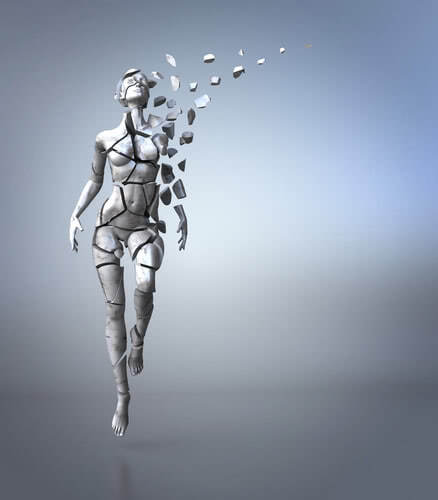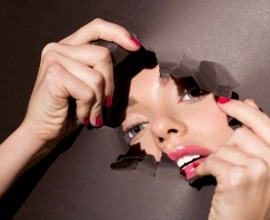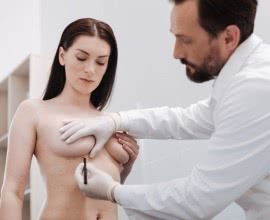In Pursuit of the Divine Proportion
If the aim of cosmetic surgery is to recover or achieve a pleasing appearance in the human form, then a procedure of this nature, skillfully executed, can, correctly, be termed a work of art. On the other hand, a botched procedure scarcely rises to the level or art, for bad art is no art at all. Moreover, there are varying degrees of ability amongst artists, and all surgeons are not equally skilled.
Developing into an artist takes time—more for some than others—but still, time for all. It is time that allows for the garnering of knowledge, for analysis of technique, and for the refinement of skill through continued practice. All other qualities being equal, the man or woman with more experience—or more time under the belt—will have attained a level of ability surpassing those with less.

In a sense, cosmetic surgery entails the pursuit of beauty. But what is beauty? Is its definition entirely subjective or can it be, at least in part, objectively defined? Is beauty measureable and reproducible? If yes, then can it be measured accurately and reproduced precisely? Some have endeavored to answer these very questions, in a concrete and pragmatic manner.
Dr. Stephen Marquardt, an oral and maxillofacial surgeon and long-time student of human beauty, conducted surveys across several cultures and analyzed the human face, from antiquity to the modern era, in order to determine what, objectively, constitutes beauty. Marquardt claims he found that perceptions of beauty, throughout history and across cultural and ethnic divides, are consistent with one another. And he maintains that what might appear as differences in perceptions of beauty, from one people to the next, are actually just variations (e.g., colour, shape) on a common theme.

This theme, he says, revolves around a very particular number of 1.618, known as Phi (also known as the golden mean, golden section, and divine proportion, among other names). Phi, as a ratio or proportional relation, can be found in music, our DNA, arts and literature, and even the stock market, and can, theoretically, be applied anywhere beauty must be measured—providing the ratio is handled by someone who knows what they are doing.
Based upon his findings, Marquardt went on to create the “Marquardt Mask,” a template that employs the pentagon and decagon—the dimensional embodiments of Phi—to determine the presence of beauty or its want, in the features of the human face. Information thus gleaned can then, it is claimed, be used (in skillful and knowledgeable hands) as a guide in achieving an aesthetically pleasing visage, by permanent (e.g., surgery) or temporary (e.g., makeup) means.
The golden mean aside, ultimately, it is, perhaps, most important to select a surgeon whose sense of aesthetics, aligns with your own. Consult the record of his past work (in the form of photographs), preferably as it relates to the very procedure you plan to undergo, and, in it, look for evidence of the end result you wish to obtain; look for artistry; look for skill. If you find these, then you are, likely, on the right path to finding your plastic surgeon.
References:
http://www.beautyanalysis.com/#
http://www.nhs.uk/Livewell/cosmeticsurgery/Pages/Choosingasurgeon.aspx














